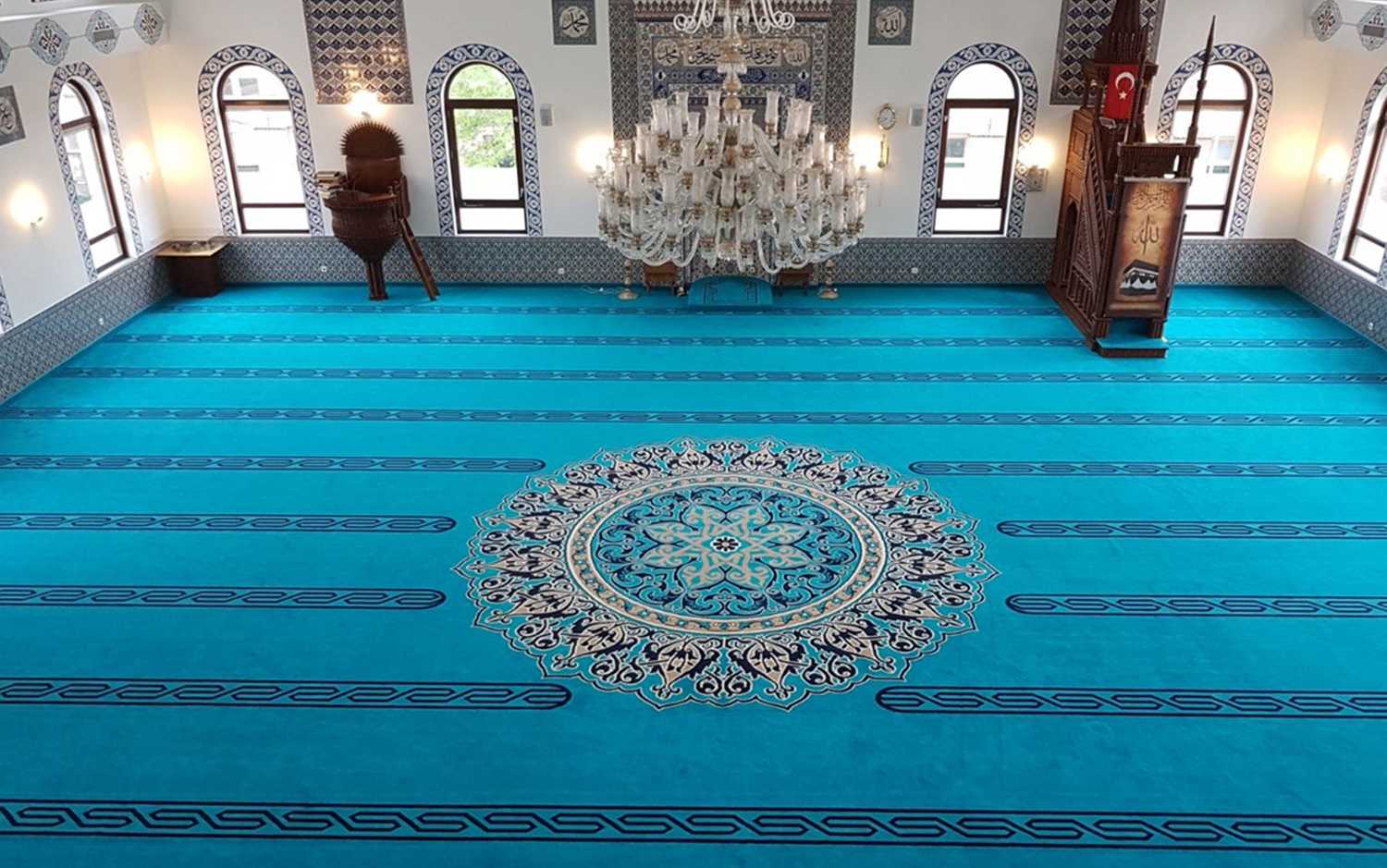Mosques serve as places of worship, community gathering, and cultural preservation. As the world becomes increasingly aware of environmental issues, there is a growing interest in making mosques more sustainable. One significant aspect of this is the choice of mosque carpet. Eco-friendly options for mosque carpeting not only contribute to environmental conservation but also ensure a healthier and more sustainable prayer space. Here are some key considerations and eco-friendly materials to explore for mosque carpeting.
Natural Fiber Carpets
Natural fibers, such as wool, jute, and sisal, are excellent eco-friendly options for mosque carpet. These materials are biodegradable, renewable, and have a lower environmental impact compared to synthetic fibers.
- Wool Carpets: Wool is a durable and naturally flame-resistant fiber. It is also hypoallergenic, making it a healthy choice for indoor environments. Wool carpets provide a soft, comfortable surface for prayer and can last for many years with proper care.
- Jute and Sisal Carpets: Jute and sisal are plant-based fibers that are both renewable and biodegradable. These materials are known for their strength and durability. They also add a natural, earthy aesthetic to the mosque interior.
Recycled Materials
Carpets made from recycled materials are another excellent eco-friendly option. These carpets often use recycled nylon or polyester, reducing the demand for virgin materials and diverting waste from landfills.
- Recycled Nylon: Nylon carpets are durable and can be made from recycled fishing nets, old carpets, and other nylon products. This process reduces waste and energy consumption compared to producing new nylon.
- Recycled Polyester: Polyester carpets can be made from recycled plastic bottles, making them an environmentally friendly option. These carpets are stain-resistant and easy to clean, making them suitable for high-traffic areas in mosques.
Sustainable Manufacturing Processes
When choosing eco-friendly mosque carpet, it’s important to consider the manufacturing processes. Look for carpets produced using sustainable practices, such as:
- Low Emission Production: Carpets manufactured with low VOC (Volatile Organic Compounds) emissions are better for indoor air quality. VOCs can cause health issues and contribute to environmental pollution.
- Energy-Efficient Production: Carpets produced in factories that use renewable energy sources and energy-efficient processes have a lower environmental footprint.
- Water Conservation: Manufacturing processes that minimize water usage and employ water recycling techniques are more sustainable.
Maintenance and Longevity
Eco-friendly carpeting options not only focus on the materials and production processes but also on the longevity and maintenance of the carpets. Durable carpets that withstand heavy foot traffic and frequent use reduce the need for replacement, thereby minimizing waste. Regular cleaning and proper maintenance can extend the life of mosque carpets. Using eco-friendly cleaning products and methods can further reduce environmental impact. Choosing carpets that are specifically designed for high-traffic areas ensures they last longer and maintain their appearance and function over time.
Conclusion
Incorporating eco-friendly options for mosque carpet is a meaningful step towards creating sustainable and healthy worship spaces. By choosing natural fibers, recycled materials, and carpets produced through sustainable processes, mosques can significantly reduce their environmental impact. Certifications help ensure that the carpets meet high environmental and health standards, providing peace of mind to the community.

